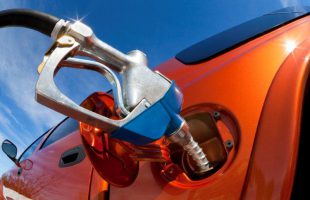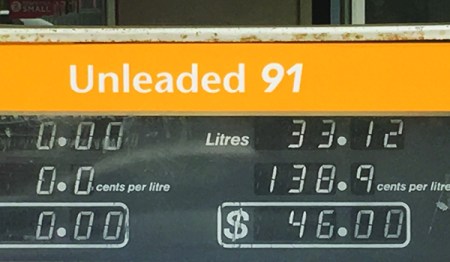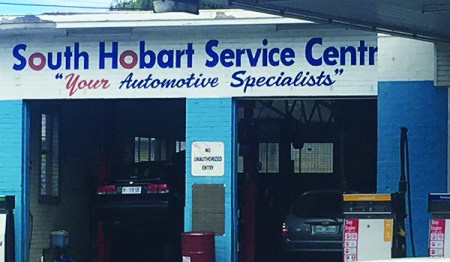
Petrol prices have exceeded 130 cents per litre (cpl), reaching a post-Christmas high at bowsers across Tasmania.
Natives of the Apple Isle have seen prices jump as much as 20cpl, with expectations of a continued rise to as much as 140cpl in the near future.
According to a spokesperson for petrol price monitoring firm Motormouth, during 2016 Hobart and Launceston, like the rest of Australia, enjoyed the lowest retail unleaded petrol prices in years.
“However, in recent days, the whole of Tasmania has seen price increase sharply. This is due to a fall in the Australian dollar exchange rate coupled with steep rises in crude and finished products,” the spokesperson said.
“MotorMouth agrees with media comment from Darren Moody of the RACT, urging motorists to shop around and the best way to do that is on-line.
“MotorMouth phone app and website enable motorists to access accurate fuel price information for free.”
Figures from the Australian Institute of Petroleum show the Tasmanian state average price now exceeds the national average of 128.3cpl. Prices in Sydney and Adelaide are also high with average prices above 140cpl.
Prices in some parts of Tasmania (notably Launceston and Hobart) reached $1.46 a litre earlier this week. However prices in the state’s north-west have remained relatively stable.
According to the RACT, Tasmania’s peak motoring body, motorists should shop around as prices in the range of 120 to 130cpl are still available.
ACCC warning
Last week, Australian Competition and Consumer Commission (ACCC) chairman Rod Sims urged motorists to shop around to find the best deal before price cycles push petrol prices higher.
“Motorists are advised to consider purchasing now when petrol prices are relatively low or have not yet reached their peak, and not wait until they need to fill up,” Mr Sims said.
According to ACCC analysis of petrol sales, demand for petrol is higher in the weeks prior to Christmas and falls significantly afterwards. Although demand for petrol is relatively low in early-January, it picks up again in late-January.
“While price drops over the Christmas period provided some relief for motorists, this followed some of the highest price peaks of the year. Motorists were still paying relatively high prices during the lead-up to Christmas which coincides with the peak in annual petrol demand,” Mr Sims said.
OPEC influence
Wholesale petrol prices are currently at their highest levels since September 2015, due to increases in international crude oil and refined petrol prices, following an OPEC announcement in late-November 2016 limiting production, and a subsequent mid-December 2016 agreement between OPEC and a number of non-OPEC countries to reduce production.
Australian wholesale prices also increased following a decrease in the Australian/US dollar exchange rate.




so cartels are illegal only in Aust and the rest of the world can do as it pleases – what a small isolated and protected nanny state bubble we live in